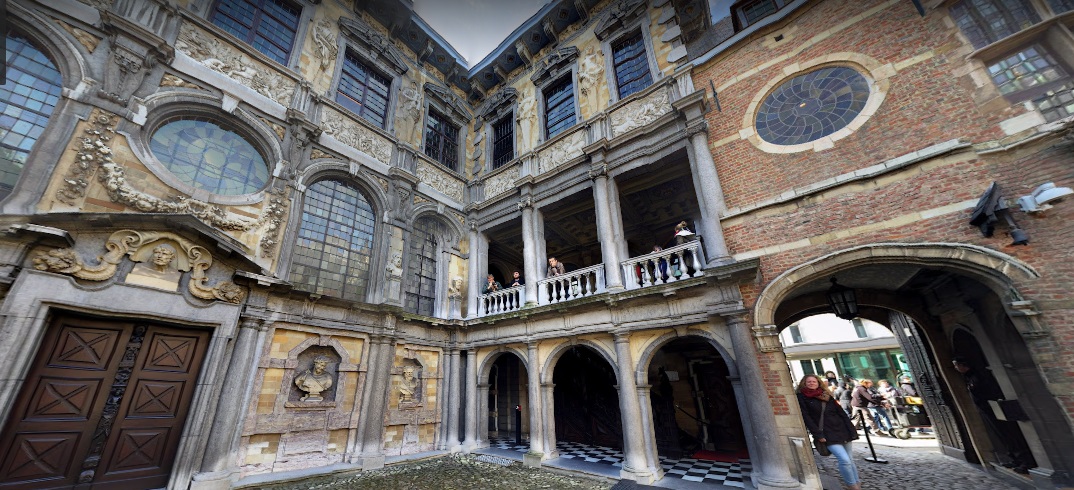Once Antwerp was the capital of this glorious state. And once its streets were full of poets, playwrights, simple artisans and artists. Especially the artists. It was this city that gave the world Peter Paul Rubens. And in honor of this artist, the townspeople, having preserved his house, opened a museum in it. But it would probably be wrong to say that only Rubens is represented there.
The museum also houses paintings by his students Anthony van Dyck and Jacob Jordaens. But the museum is also valuable because it houses a large collection of antique furniture. Such sets of furniture are now few where you can find and see.
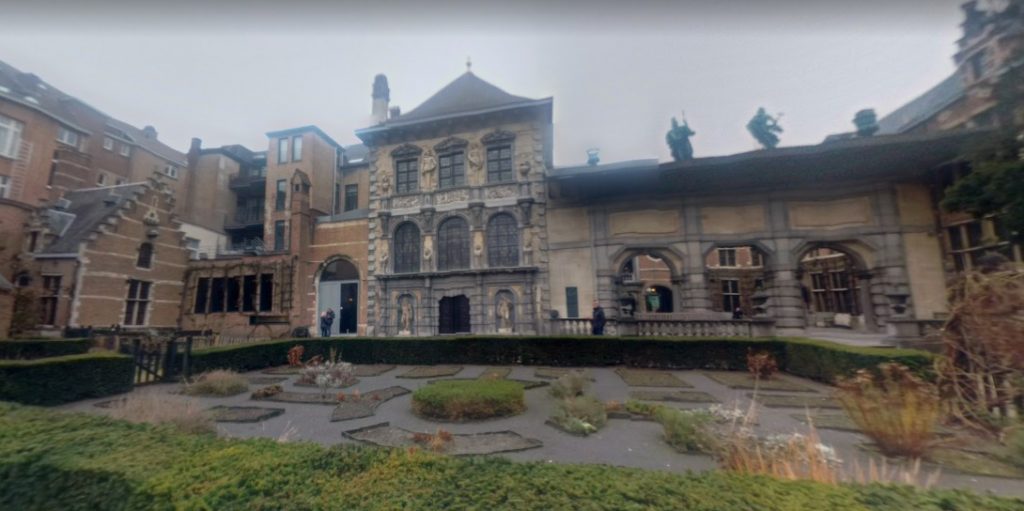
The Rubens House is a popular place now and was no less popular when the artist lived here.
Many noble nobles, merchants, townspeople came to this house not only to pose, but also to watch how the great master works. To do this, they even came up with a special bed in the house, from where it was possible to spy on how the artist works. And of course, this could be done for a fee.
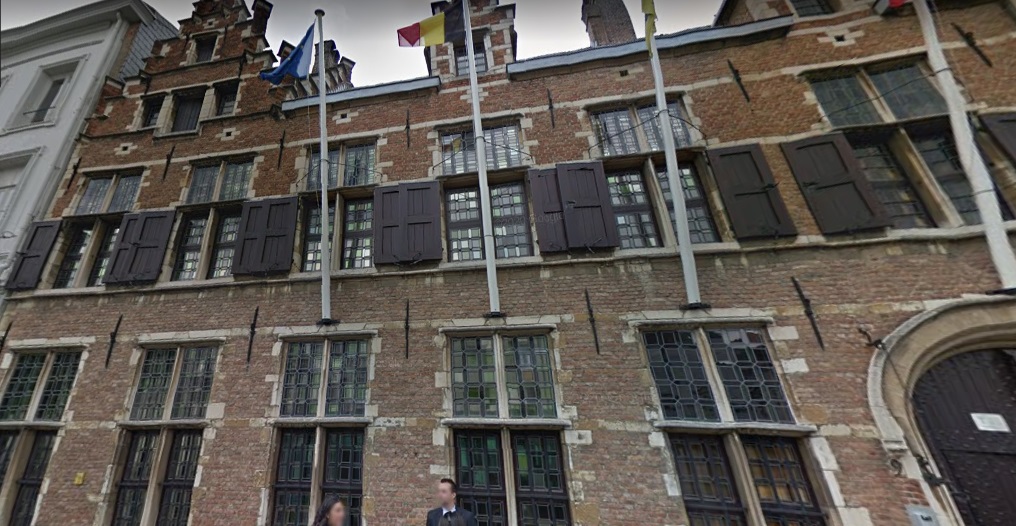
Rubens bought this house after he returned from an Italian trip that lasted eight years. Having bought the house, he redid the facade according to his project and got something similar to traditional Italian pallazos. The artist lived in it for another thirty years, and in 1640 he died. The house was sold and then resold more than once. And when in 1937 the house became the property of the city, nothing remained of the original, that is, of the Rubens project according to which the house was built. It is correct, for all these centuries the house was rebuilt according to the tastes of the new owners. It took almost ten years for restorers and architects to restore the former appearance of the Rubens house, and in 1946 the museum opened its doors to admirers of talent.
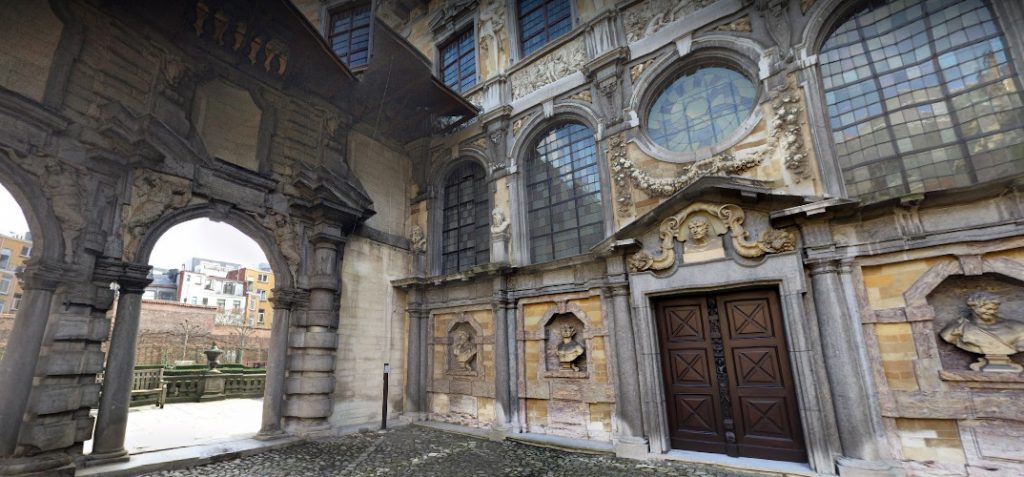
There are other attractions in Antwerp that are worth paying attention to. For example, Castle Wall. This is an old building, the date of construction of which is 1200. And the fact that this building has been preserved by many European historians is considered a miracle. The fact is that once the castle was three times larger than it is now. It was a whole castle complex, with several streets inside.
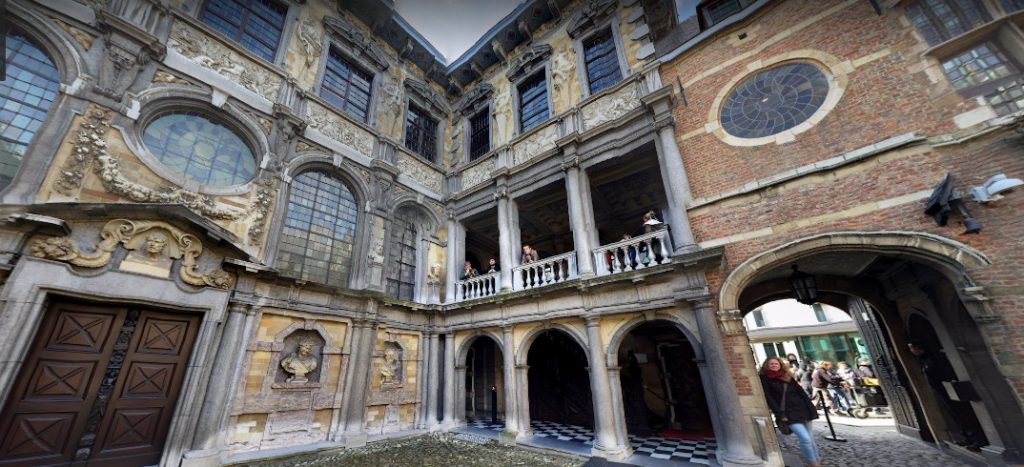
The castle itself has been rebuilt several times. By the way, to find out where the old masonry is, you need to carefully look at the building – its dark part is the old laying, the lighter part is the new one. The fortress-castle, as expected, stood on the banks of the river, but in the 19th century it was decided to redirect the riverbed a little and ennoble the embankment at the same time. It was then that they decided to demolish most of the castle buildings. The castle itself, or rather what was left of it with great difficulty, was defended.
Guided tours in Antwerpen https://excurzilla.com/en/belgium/antwerpen
